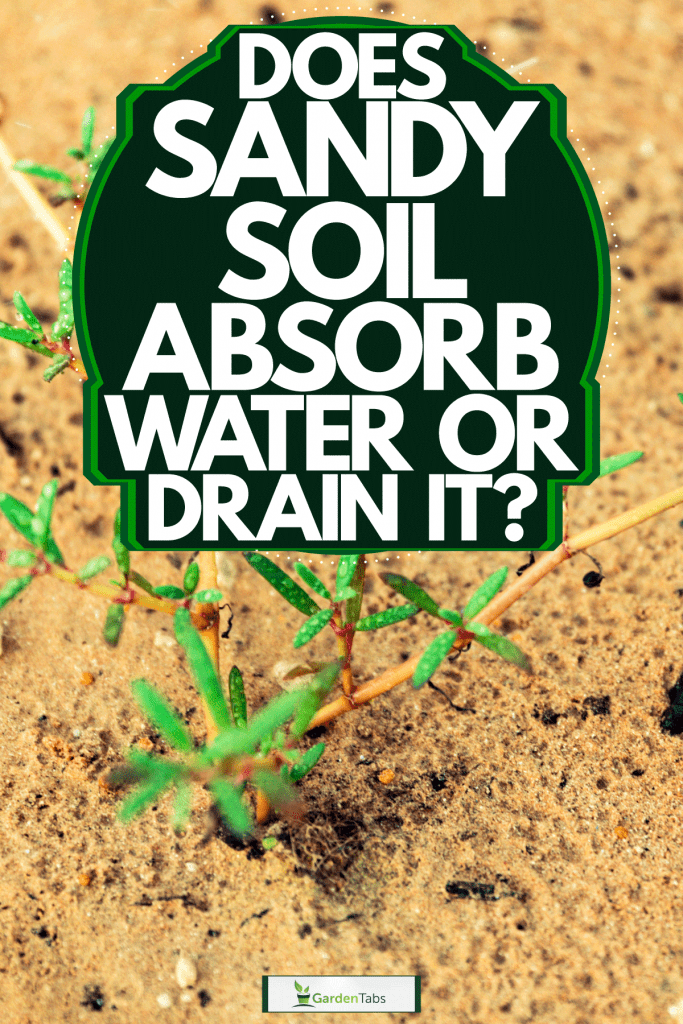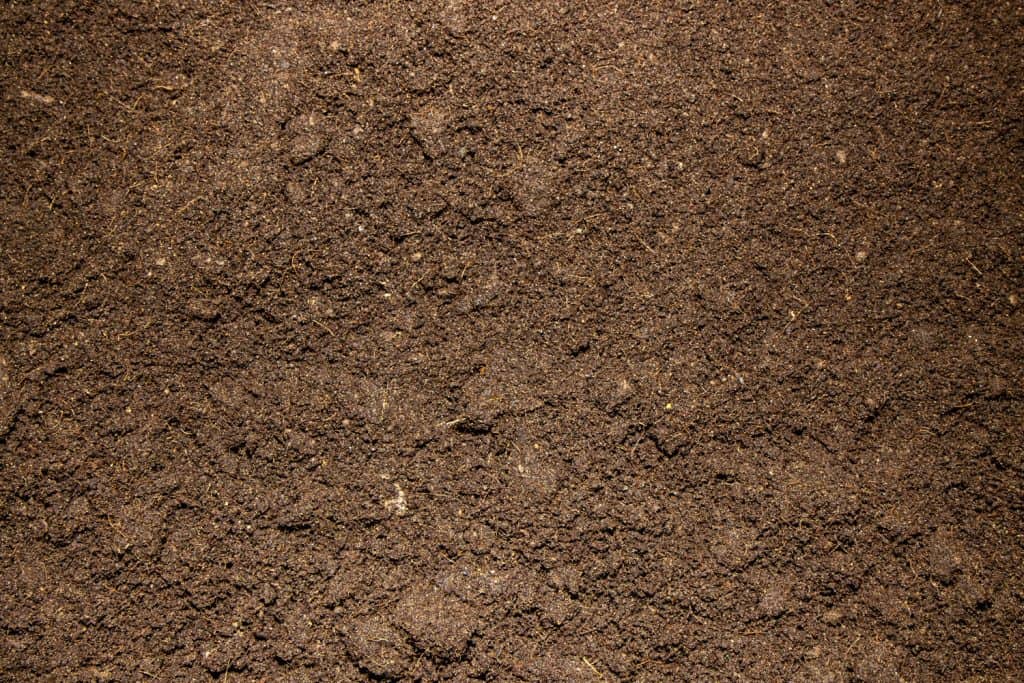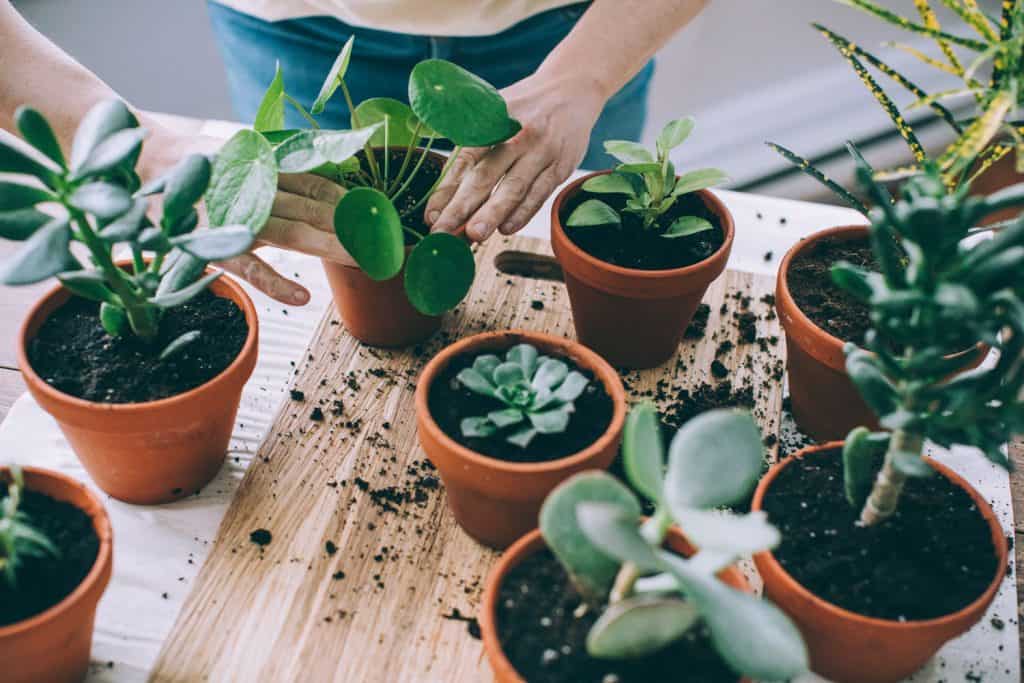If you're just planning out your garden, you know that the type of soil you have can influence what you can grow. Figuring out what type of soil drains water the best can be difficult. Do you have sandy soil in your garden but don't know whether it's draining or absorbing excess water? We are also very curious about this and have done plenty of research to find you the answer.
Sandy soil will drain water very well and is the best option for plants prone to root rot. When it comes to absorbing moisture, sand won't usually absorb excess water because its particles are too big, so the clay, silt, and organic matter mixed into your soil will do most of the absorbing.
As we begin, we will cover all things sandy soil. Whether you want to start a succulent garden or your plant needs fast-draining soil, we've got you covered. With that said, let's dive right into this post!

Do Sandy Soils Drain Well?
Yes, sandy soils will drain very well. Most often, sandier soils are great at moving excess water through them and preventing plants from drowning.

On top of that, sandier soils are also ideal for desert plants and those with moisture sensitivity, so they work well for plenty of different plant species.
How Does Sandy Soil Drain?
When it comes to how sandy soil drains, this is due to it having large air pockets which allow water to move quickly through it. Sand is also coarser than regular dirt, which helps create more space for runoff water and prevents pooling and soggy soil.
Compared to thicker soils like clay, sand won't absorb water nearly as much, which is why so many people choose to use it in their gardens. That said, sandier soils are also helpful for indoor plants and do a great job of keeping their roots from getting overwatered.
Is Drainage Important For Plants?
Although it is often overlooked, drainage is key to a healthy and happy garden. Regardless of where you live or what type of plants you grow, ensuring your soil drains water well is essential.
According to Preston Trail Farms, good soil drainage is key for aerating the ground and keeping your plants from sitting in water. They also mention that drainage helps prevent soil runoff or erosion, which is helpful for anyone living on or near a hill.
Will Adding Sand To Soil Help With Drainage?
For those wanting to improve their current soil drainage, adding sand is a great idea. Adding sand to your existing soil will help break it up, creating air pockets for water to drain through.
Doing this will also help keep the base and roots of your plants from getting too wet, which is important.
Mosser Lee Desert Sand Soil Cover
This bag of sand improves water drainage, loosens heavy or compacted soil, and comes in a few size options.
Follow this link to view it on Amazon.
What Type Of Soil Drains Water The Fastest?
Sandy soil takes the crown in draining water the fastest. As we covered earlier, sandy soil moves water better than other options and prevents pooling near your plants.

Furthermore, sandy soil also won't stick together like many soils do, which helps to create space for runoff water to flow. That said, sandy soil drains water so well that it often requires more frequent watering, which is something to consider.
Which Soil Does Not Hold Water Well?
Following our previous point, sandier soil won't hold water very well. Depending on how much sand is in your plant's potting mix, this can significantly affect how quickly it drains moisture, which isn't always good for your plant.
Of course, most sandy soils have a mixture of other natural elements, so you shouldn't run into an over-drainage issue. That said, not all soils are the same, so try to find a sandy loam option if you're worried about water retention.
Hand Blended Aloe Vera and Succulent Soil Mix
This hand-blended soil mix has sand, peat moss, lime, and perlite, provides nutrients to your plants, and comes in a 64-ounce bag.
View this soil mix on Amazon here.
How Do I Make My Soil Drain Well?
Typically, the best way to make your soil drain better is to add organic matter like compost, farm manure, or shredded leaves to your mix. Adding extra organic matter to your soil will increase its drainage and help your plants grow better.
Doing this is also a great way to get into composting, which helps soil drainage and the planet. Even throwing in extra leaves from a tree nearby can help break up your soil, so you've got plenty of options.
Does Mulch Help With Drainage?
For those wanting to try mulch in their garden, this is a great way to improve soil drainage. Although mulch won't work as effectively as sand, it will help aerate the ground, and over time improve your soil's ability to drain water.
When it comes to which mulch is best for improving soil drainage, we recommend shredded hard-bark mulch, pine mulch, or even wood chips.
Ohio Pine Bark Nuggets
This pine mulch is 100% natural, high-quality, helps with drainage, and comes in a 22 lb bag.
Click here to see this mulch on Amazon.
Espresso Brown Wood Chip Mulch
This brown wood chip mulch is high-quality, helps with drainage, reduces weed growth, and comes in a 42-quart bag.
Follow this link to view it on Amazon.
Do Indoor Plants Like Sandy Soil?
When it comes to indoor plants liking sandy soil, this is generally true. Most times, indoor plants lack proper drainage, which can lead to them becoming overwatered and developing root rot.

Houseplants do best in nutrient-rich, sandy loam soil, which provides good drainage while also helping them grow strong. That said, you want to make sure the soil you choose isn't too thick because this can lead to drainage problems down the road.
How To Make Well-Drained Soil For Indoor Plants
For those with indoor gardens, making well-draining soil is pretty simple. Do the following:
- Grab a pair of gardening gloves and a mixing container.
- Pour your potting mix into your container and check it for clumps, weeds, or bugs.
- Add a bag of perlite, sand, or both into your soil and mix them all together.
- Toss in a bit of peat moss into your soil and mix it up with your other ingredients.
- Divide your new soil into their new planters, and you're ready to go!
Miracle-Gro Sphagnum Peat Moss
This peat moss is enriched with Miracle-Gro plant food, helps promote root development, improves drainage, and comes in a one or two-pack option.
Check out this peat moss on Amazon here.
Is Sandy Soil Better Than Clay?
Between the two, we would say that both sandy and clay soils have their advantages. Drainage-wise, sandy soil will be the better option, while clay soil is more nutrient-rich.
According to Gardeners, sandy soil will be easier to work with than clay but lacks nutrients and might drain water too quickly. Of course, you can always choose to combine the two or use a sandy loam mixture for your plants, so that's something to consider.
What Is The Best Fertilizer For Sandy Soil?
Fertilizer-wise, we recommend using a slow or continuous-release plant food that contains nitrogen if you have sandy soil. Generally, you want to use a fertilizer that will continue feeding your plant, even after you've added it into your soil, so that it can get as many nutrients as possible.
Also, slow and continuous release formulas are usually water-soluble, which will give your plants a boost of energy each time you water them.
Osmocote Smart-Release Plant Food
This fertilizer has a continuous release formula, contains nitrogen, 11 essential nutrients, feeds up to six months, and comes in a few bag sizes.
To Wrap It Up
Whether you have sandy soil in your garden or want to improve your current soil's drainage, it's essential to keep water from pooling near your plants. We found that sandier soil will drain water better than other options and help prevent your plants from becoming overwatered.
When it comes to how sand drains excess water, this is thanks to its thicker particles, which create air pockets in the ground. To improve your soil's drainage, we recommend mixing in sand, perlite, peat moss, and other organic matter to break up the ground and get water moving. Regardless, make sure to look for a sandy loam potting mix for your plants, and keep an eye out for fertilizers with nitrogen and slow and continuous release formulas.
Need more advice? Check out these helpful related plant posts below!
Does A Retaining Wall Stop Water? [And How To Add Drainage]






